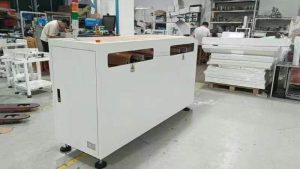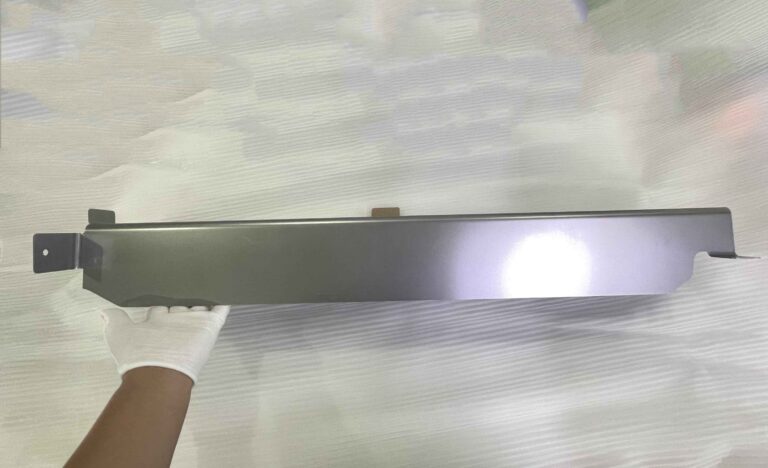Surface Mount Machine: A Revolution in Electronics Manufacturing
Home » Surface Mount Machine: A Revolution in Electronics Manufacturing
RECENT POSTS
Share:
- September 27, 2024
Table of Contents
By offering a more effective, portable, and dependable method of assembling electronic components, surface mount machines have completely transformed the electronics sector. Surface mount machines attach components directly to the PCB surface using reflow soldering and solder paste, as opposed to through-hole technology (THT), which entails inserting components into PCB holes and soldering them in place.

What is a Surface Mount Machine?
In electronics manufacturing, a surface mount machine is an automated equipment that applies surface mount components (SMCs) to PCB surfaces with remarkable accuracy and speed. In contrast to the conventional through-hole approach, which requires components to be put into drilled holes, these machines are essential to the surface mount technology process, which mounts components directly onto the board’s surface.
How Does a Surface Mount Machine Work?
A surface mount machine’s operation can be divided into five crucial steps:
Component Feeding:
Usually consisting of reels or trays, the machine begins by obtaining the components from several feeding systems. These feeders are set up so that the machine can pick them up rapidly and hold thousands of components.
Pick-and-Place Mechanism:
The device “picks” up the components from the feeders and “places” them onto the PCB at the appropriate locations using a high-speed, programmable robotic arm with vacuum suction. CAD (Computer-Aided Design) data directs the placement, guaranteeing the exact placement of every component.
Vision System:
Advanced vision systems are used by surface-mount machines to check components both before and after they are mounted on the board, ensuring accurate placement. By checking for alignment, orientation, and even flaws, these cameras ensure that only components that are positioned correctly advance to the next stage of production.
Solder Paste Application:
The PCB at the spots where the components will be attached is covered with solder paste before the components are assembled onto the board. This paste acts as an adhesive to keep the components in place until the board undergoes reflow soldering.
Reflow soldering:
The board is put into a reflow oven once the components are installed, where the solder paste is heated to provide a strong connection between the PCB and the components. As a result, the board is completely constructed and prepared for additional testing and examination.
Advantages of Surface Mount Machine
Surface mount machines have many advantages, such as remarkable speed and efficiency. They can install thousands of components in an hour, which speeds up production considerably. They offer unparalleled accuracy, accurately positioning components down to the micrometer level and lowering the possibility of flaws. These devices’ built-in automation reduces the possibility of human error and labor expenses, and their adaptability makes it simple to modify them to fit different product lines and component sizes.
Conclusion
The use of surface mount machines has become essential in electronics production. Their capacity to swiftly and accurately assemble components into printed circuit boards (PCBs) has transformed the manufacturing of anything from medical equipment to cell phones. In order to fulfill the growing need for high-performance, small, and dependable products, surface-mount machines will continue to drive innovation in the electronics sector through developments in automation, vision systems, and artificial intelligence.
0



